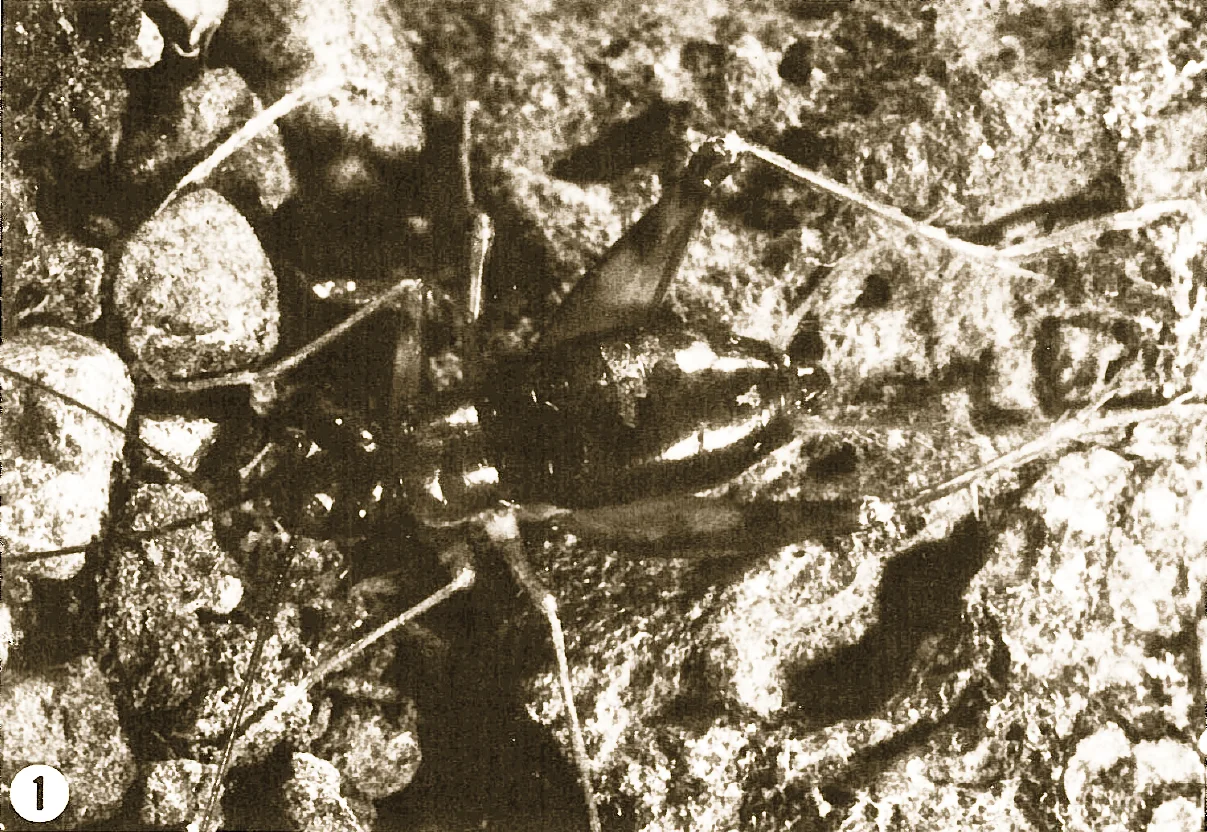
Hundreds fled Kilauea's lava; this unique explorer moved in
The world watched, mesmerized, last year as Hawaii's infamous Kilauea volcano coated a corner of the Big Island in a thick layer of fresh lava. The eruption ultimately left more than 30 square kilometres -- including several neighbourhoods and more than 650 homes -- covered in a barren, moon-like landscape of rock.
But where hundreds of people and thousands of other indigenous animals were forced to move out, one Hawaiian native has moved in.
Visit our Complete Guide to Spring 2019 for an in depth look at the Spring Forecast, tips to plan for it and much more
The lava cricket, formally known as Caconemobius fori, or 'ūhini nēnē pele in Hawaiian, is believed by many biologists to be the first multicellular life form to take up residence on the lava flows.
"There's the lava and the scape of this barren land, and then there's this cricket," says Dr. Marlene Zuk, an evolutionary biologist and entomologist at the University of Minnesota in St. Paul who is leading the first major study of the crickets in decades.

The original shot of Caconemobius fori, taken in the mid-20th century. Image: Pacific Insects Vol. 20 no 2-3/Howarth
These intrepid explorers first studied and given their formal name in the 1970s, and where they choose to live isn't the only strange thing about them. They have been found to move into barren lava flows as quickly as three months after an eruption concludes -- faster than almost any other living thing.
They feed exclusively on a diet of decaying plant matter and sea foam that blows into their desolate domain. Oddly enough, when actual new growth shows up, the crickets vanish. "If the plants have already moved in, it's too late to find them," Zuk told Science.
Stranger still, no one knows where they go between eruptions. They don't have wings and can't fly or float, nor do they seem particularly mobile in any other respect.
Lacking wings puts them at another disadvantage, at least, as far as being a cricket is concerned. Most male crickets use their wings to 'sing' when they want to attract mates. So how does the 'ūhini nēnē pele dating scene work?
That's something that Zuk's team hopes to discover when they visit the lava flows this summer, in an attempt to gather enough crickets -- male and female -- to start a colony to study back at their lab.
One thing that is known about the breeding cycle, however? It's pretty intense for the males. During the mating process, the female cricket sucks a bloodlike substance from the male's leg -- a lot of it; the male can lose 3 to 8 per cent of his body mass as a result. "It's extremely hot and dry [on recent lava fields] … so donating any kind of fluid is probably a pretty substantial cost for the males to bear," says Justa Heinen-Kay, a postdoctoral entomologist in Zuk's lab told Science.
It's these unusual factors that make the crickets an interesting target for researchers; it may be that the humble lava cricket that redefines science's understanding of what makes an ideal colonist for some of Earth's most hostile environments.
Sources: Science | Atlas Obscura | Pacific Insets Journal |









